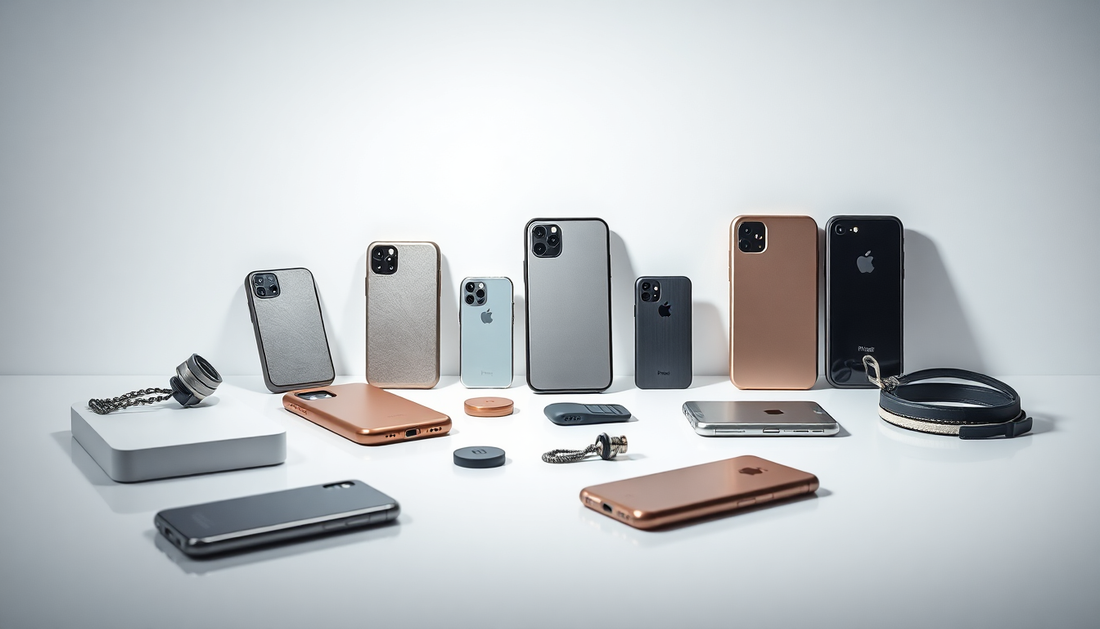
Tips for Buying Used Smartphones: A Comprehensive Guide
In today's fast-paced digital landscape, the demand for smartphones has never been higher. While the allure of the latest flagship models is undeniable, the reality is that not everyone can afford the hefty price tags that come with them. This is where the used smartphone market shines, offering savvy consumers the opportunity to acquire high-quality devices at a fraction of the cost.
In this comprehensive guide, we'll explore the ins and outs of buying used smartphones, equipping you with the knowledge and strategies to make informed purchasing decisions. Whether you're a first-time buyer or a seasoned tech enthusiast, these tips will help you navigate the used smartphone market with confidence and ease.
Assessing Device Condition
The first step in buying a used smartphone is to thoroughly inspect the device's physical condition. Start by examining the screen for any cracks, scratches, or discoloration. Check the body of the device for dents, scuffs, or any signs of wear and tear. It's also important to test the device's buttons, ports, and sensors to ensure they are functioning correctly.
Next, evaluate the battery health. A smartphone's battery is a crucial component, and a worn-out battery can significantly impact the device's performance and longevity. Use diagnostic tools or apps to assess the battery's capacity and charging efficiency.
Technical Verification
Once you've inspected the physical condition of the device, it's time to delve into the technical details. Begin by verifying the device's specifications, ensuring they match the seller's claims. Check the processor, RAM, storage capacity, and other key components to ensure they meet your needs.
Additionally, verify the device's IMEI (International Mobile Equipment Identity) number to confirm its compatibility with your carrier. This step is crucial, as an incompatible device may not be able to connect to your network or may have limited functionality.
Where to Buy Used Smartphones
The used smartphone market offers a variety of purchasing options, each with its own advantages and drawbacks. Online marketplaces, such as eBay and Craigslist, can provide a wide selection of devices at competitive prices, but they also come with a higher risk of encountering scams or faulty products. Certified refurbished platforms, on the other hand, offer a more reliable and secure buying experience, with the added benefit of warranties and quality assurance.
Local sellers and shops can also be a viable option, but it's essential to exercise caution and thoroughly inspect the device before making a purchase. These transactions may require more hands-on evaluation, but they can also provide the opportunity to negotiate prices and build a personal rapport with the seller.
Price Comparison and Negotiation
When it comes to buying used smartphones, understanding the market price is crucial. Research the current market value of the device you're interested in, taking into account factors such as the model, age, and condition. This knowledge will empower you to negotiate effectively and avoid overpaying.
Be prepared to negotiate the price with the seller. Many used smartphone sellers are open to offers, especially if the device has been on the market for some time. Approach the negotiation process with a polite and professional demeanor, and be willing to walk away if the seller is unwilling to meet your reasonable offer.
Legal and Warranty Considerations
Before finalizing your purchase, it's essential to understand the legal and warranty implications. Familiarize yourself with the seller's return policy and any applicable warranties. Ensure that the device is not reported as lost or stolen, as this could lead to complications down the line.
If the device is covered by a warranty, verify that it is transferable to the new owner. This information can provide an added layer of protection and peace of mind, should any issues arise with the device after the purchase.
Security and Data Privacy
When buying a used smartphone, it's crucial to prioritize the security and privacy of your personal data. Ensure that the device has been factory reset, effectively wiping any previous owner's data. Check for any locked accounts or software that could hinder your ability to use the device fully.
Take the necessary steps to protect your own information by setting up strong security measures, such as two-factor authentication and secure data backup, before using the device.
Post-Purchase Recommendations
Congratulations on your used smartphone purchase! To ensure a seamless and enjoyable experience, follow these post-purchase recommendations:
1. Perform a thorough initial setup, including software updates, app installations, and device customization.
2. Invest in high-quality accessories, such as a protective case and screen protector, to extend the device's lifespan.
3. Establish a regular maintenance routine, including battery optimization, storage management, and software maintenance.
4. Consider purchasing extended protection plans or warranties to safeguard your investment in the long run.
By following these comprehensive tips, you'll be well on your way to finding and securing the perfect used smartphone that meets your needs and budget. Happy shopping!
Conclusion
Buying a used smartphone can be a smart and cost-effective decision, but it requires a careful and informed approach. By understanding the key considerations, from physical and technical assessments to legal and security implications, you can navigate the used smartphone market with confidence and make a purchase that you'll be truly satisfied with.
Remember, the key to a successful used smartphone purchase lies in thorough research, diligent inspection, and a keen eye for value. With the right strategies and a bit of patience, you can unlock the world of high-quality, affordable smartphones and enjoy all the benefits they have to offer.



























